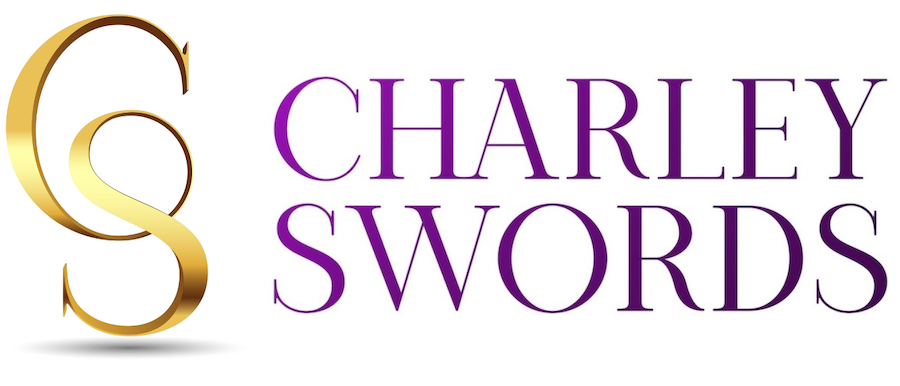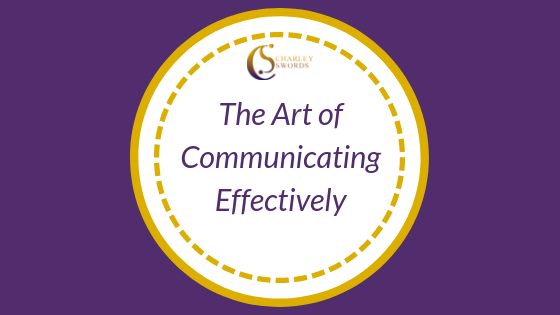This everyday activity – be it in your family and social interactions, at work with your colleagues, customers, clients, patients, service users, superiors or when you are sharing your thoughts and feelings emotionally – is an art form.
I love George Bernard Shaw’s quote that “the single biggest problem in communication is the illusion that it has taken place”.

The ‘illusion’ that communication has actually taken place stems from the thinking that when you say something either in person or on the phone, via emails and reports, just because you have communicated something, does not necessarily mean the person / people you are communicating with have actually understood you! And if they haven’t, then their interpretation of your message, and their response to it, may well bring about outcomes and results you were not expecting and which in some circumstances, could be detrimental.
Have you ever been caught out by this ‘illusion’?
Imagine a workplace scenario where advance planning is essential. The ‘illusion’ generally occurs when you are overwhelmed and you believe the people you are communicating with ‘know what you are talking about’ or ‘know how to do a specific task’ and are focused on future plans and schedules, just as you are. In your haste, you speak quickly, possibly as you are moving and don’t check for understanding. Then when something is supposed to happen at a future date, as you discussed with your colleagues, you are left wondering ‘what’s going on?’ – sound familiar?
When good communication is practiced, it improves customer / client / patient care and staff morale and it greatly improves working relationships. It also decreases workplace conflict caused by gaps in communication, inactive listening or cultural differences. Communicating effectively and consciously helps you to understand and relate better to your customers, colleagues, your family and friends in a more transparent and respectful manner.
Some key things to remember when practising and perfecting the art of effective communication:
- Know the difference between information and communication:
- Information is facts provided or learned about something or someone.
- Communication is transferring information from one place to another.
- Learn how to Listen Actively:
- Pay attention to the speaker, maintain appropriate eye contact and acknowledge what they are saying.
- Show that you’re listening by nodding your head or by saying ‘I hear you’ and if appropriate, take notes.
- Allow the speaker to complete their communication without interruption.
- Paraphrase the message back to the speaker – ‘what I heard you say is…..,’ and get their confirmation you have heard and understood correctly.
- Respond appropriately in relation to the topic in question.
- Remember, you hear with your ears, but you listen with your mind – you process what you are hearing!

- In face-to-face communications, body language is 55% of all communication – so learn to read and understand body language and how to manage your use of your own body language.
- Understand and respect cultural differences and keep the following in mind:
- Always use simple and common words;
- Ensure that you follow basic grammar;
- Do not use slang expressions;
- Do not lose your temper or raise your voice if you have to repeat something a number of times;
- Question politely and ask to paraphrase important points.
- Be aware of the three personal space zones when engaging with others:
- Intimate zone – a distance of 0 to 2 feet.
- Personal zone – from 2 to 4 feet, where most conversations take place.
- Social zone – 4 feet or more from the other person.
“Communication is a skill that you can learn. It’s like riding a bicycle or typing. If you’re willing to work at it, you can rapidly improve the quality of every part of your life.” – Brian Tracy

Did you find this article helpful?
Let me know what you think about this post in the comments box below.

